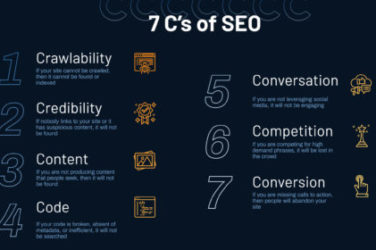We’re cleaning up old content on this website.
As to why, some of our content is from a long, long time ago ….
Maybe not that long, but Agileana.com’s insight section has been around for over 10 years. Our first post is from March of 2011.
That’s the same year started in the same year that planking was trending and the iPhone 4s came out. Its also around the same time that Panda, Google’s search algorithm, was released (which has been tweaked and changed dozens of times in the last 10 years).
In short, much of our old content reflects dated trends and is difficult to navigate today. It needs to be cleaned up.
At a stand up today, we thought of several names for this type of cleanup. One term was “content hygiene.” The idea that content must be cleaned. Though content hygiene is also associated with the hero-hub-hygiene content marketing strategy.
Someone else threw out “content scrubbing.” It’s a term I find rather unpleasant.
Another suggestion was “content debt” The term is similar to technical debt; the long-term costs of fixing shortcuts taken in the past. Content debt doesn’t inherently come from shortcuts, but how we view content today is different from how we viewed it 5 years ago. So that old content needs to be refactored and updated. (And, FYI, I’m not the first person to write about content debt.)
Whatever you want to call it, cleaning up old content is important. Many of the older posts on this blog are no longer relevant to what we do as a company. Or the information in those posts that was factually accurate a decade ago isn’t today.
Here are a few examples of the types of content cleaning we’re doing:
Reviewing WordPress Categories and Tags
Categories and Tags are taxonomies in WordPress. Which means they’re organizational – a reader can search by the categories and tags to get relevant information. But the two work differently, categories are like the table of contents in a textbook – they help a reader navigate through larger themes and narratives. Tags are like an index, where you can find more granular details. Tags help a reader track subjects across categories.
Clear categories and tags help a reader navigate a site.
I do remember a time that people used WordPress tags for SEO back in the late aughts. But today, it is unclear whether WP tags actually help SEO.
This blog had, at one point, 1936 tags. Many were meant to improve the findability of this site. But the sheer amount of tags, 1936, makes the site difficult to navigate, especially considering that some tags are split into two. For example, we have the tags “agile coaching” and “agile coach.”
After an initial purge, we’re down to 788 tags. I’m hoping to get rid of most of those that are left to assist readers who might use tags to move around Agileana.com.
Purging and Merging Old Blogs
Many of our blogs older post are out of date. This shouldn’t come as a surprise to anyone who has been on the internet over the last decade. I’d be shocked if anyone noticed that Agileana’s post about Internet Explorer 6 vanished. And even more shocked if someone actually missed the post.
Removing dated references is one aspect of refactoring content debt, but we’re trying to keep Agileana’s Insights section relevant and useful to anyone who visits this site.
Some blog posts just aren’t factually accurate anymore or don’t reflect who Agileana is. Those posts will go to that big archive in the sky. R.I.P.
Other posts will be merged together by subject. Hyperlinks will be updated. This will hopefully lead to a better user experience.
Content Strategy and Content Debt
Taking time to bring all of our blog posts in line with our content strategy is important for one major reason:
It helps us to review what we’ve been doing so we can look at what is working and what isn’t. Agileana.com’s blog has 10 years of different methods for creating content. These can be reviewed and we can conform posts to our current strategy.
Future content is built off of old content. If that old content is … not good, then we don’t have a solid foundation to build off of with future posts in our Insights section.
And, this is trite, but the adage “content is king” still applies. If we have bad or unhelpful content our site isn’t useful.
Refactoring content debt is useful for any organization. When is the last time you reviewed old blog posts to ensure you’re giving out useful information? Do you only think about your website’s taxonomy during a redesign or rebrand?
Its important to keep your content clean and streamlined even if your website hasn’t been redone in 6 years (ahem, that’s us) because a lot can change in 6 years.
And as a side note: cleaning is not enjoyable for me – especially when it comes to cleaning up 10 years of content debt. This task is also a moving target and I’ll likely never be finished. I’ll be moving things around, re-thinking, and re-tooling our content strategy forever.
So, watching people clean real tangible spaces has helped me in this process:
Happy cleaning!










